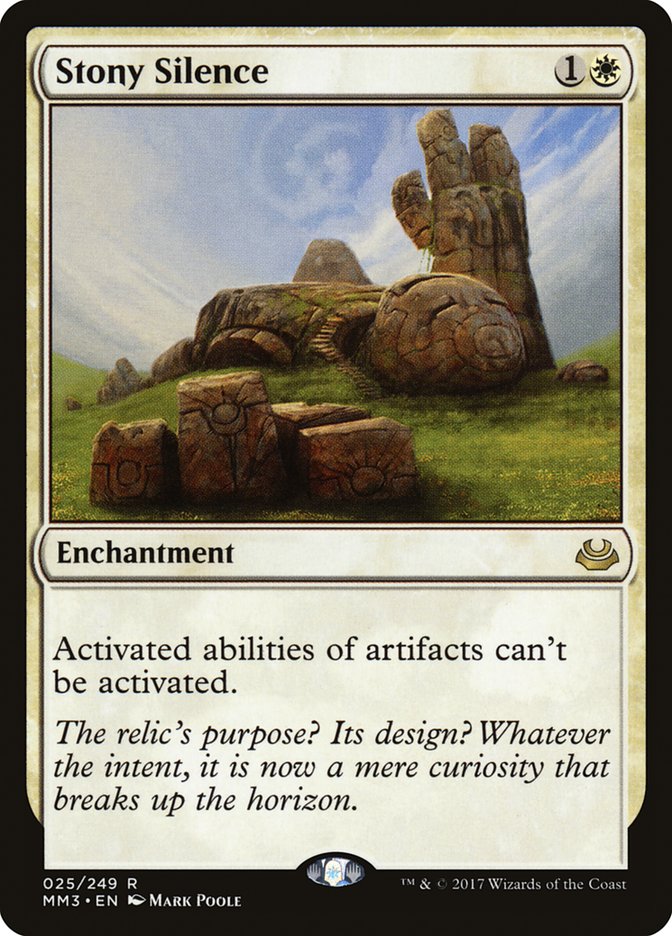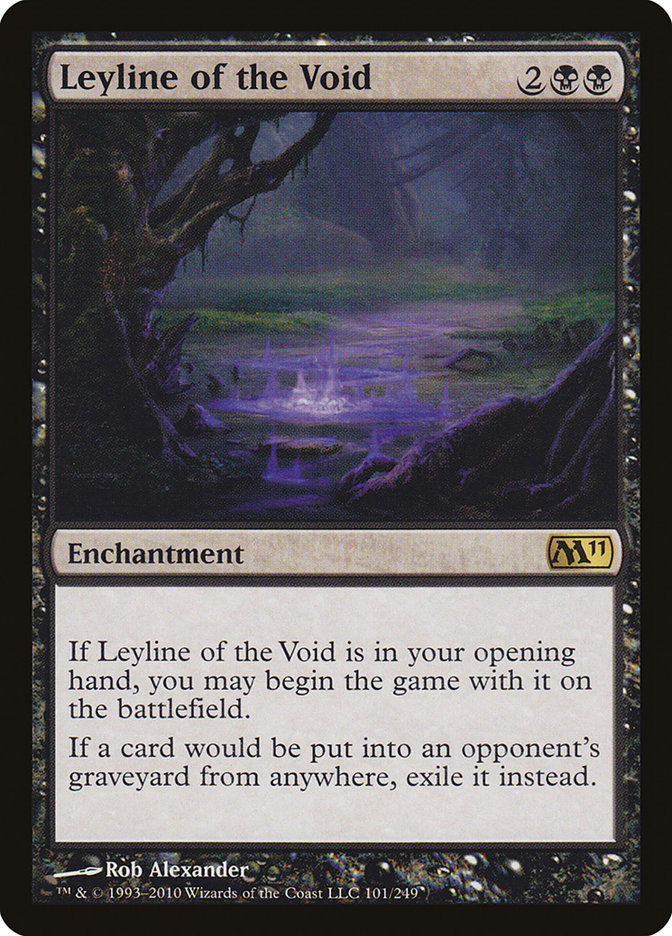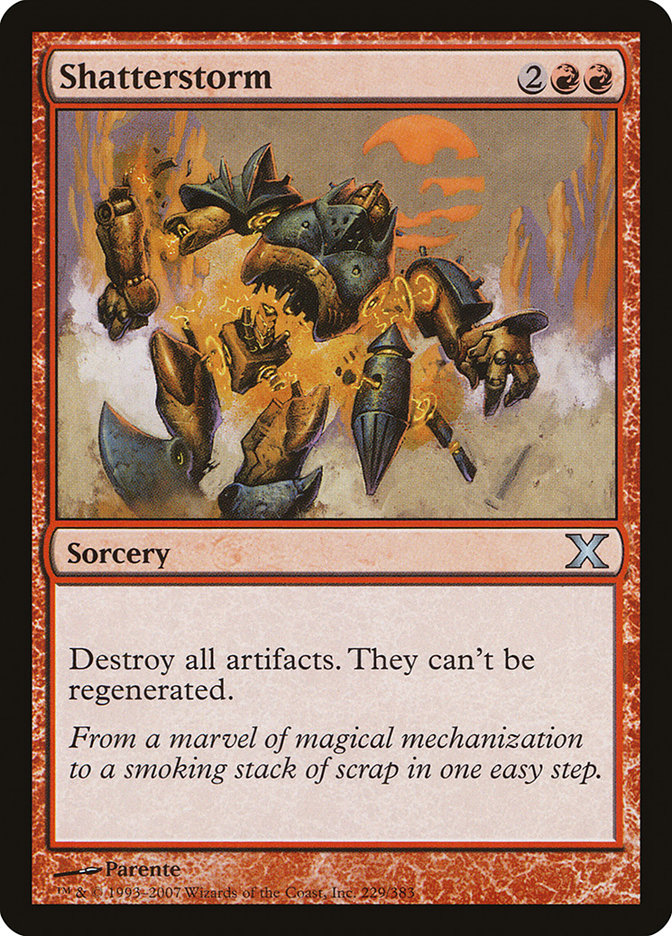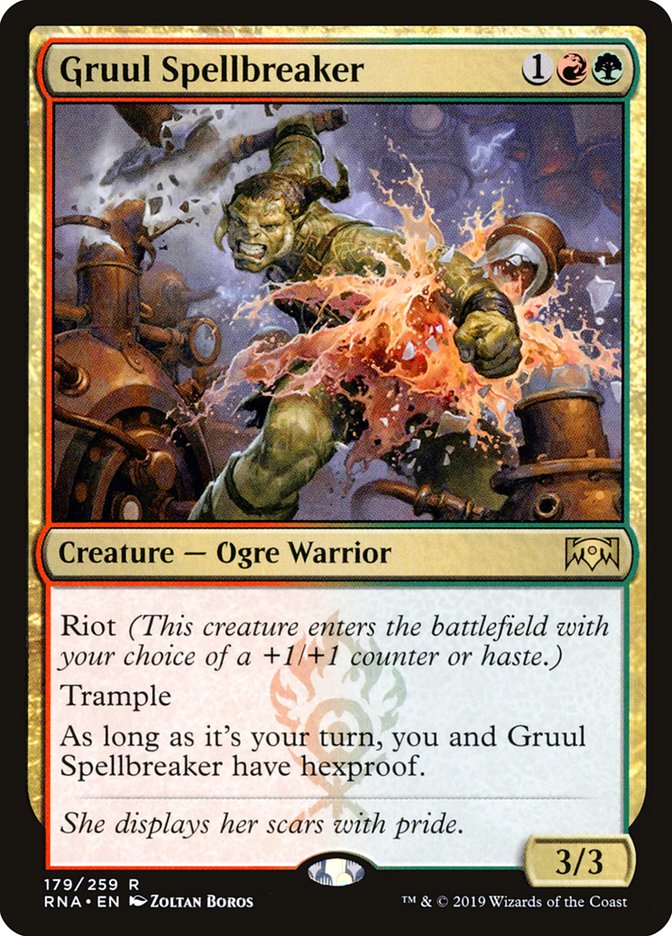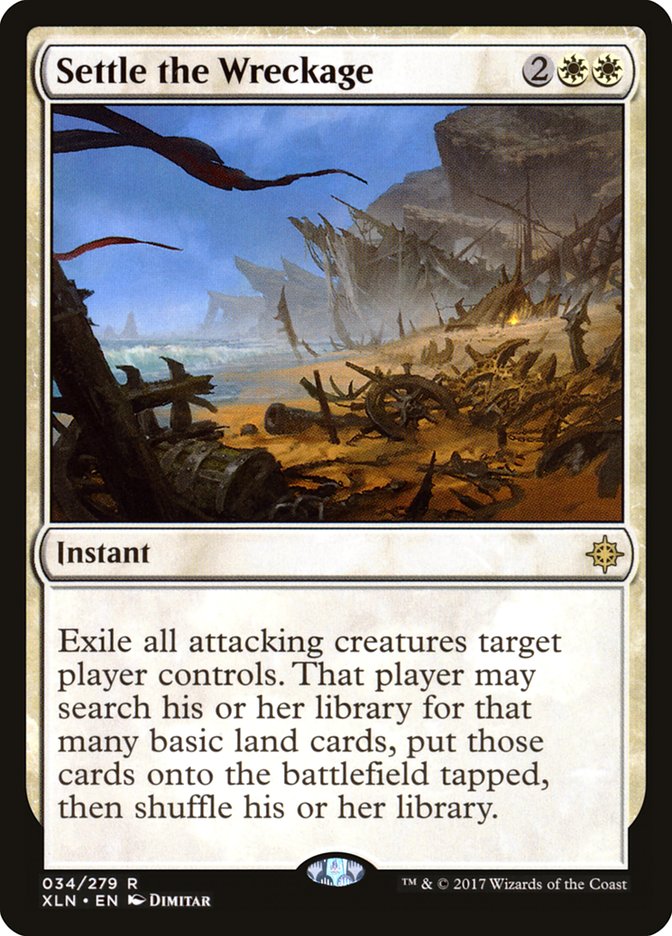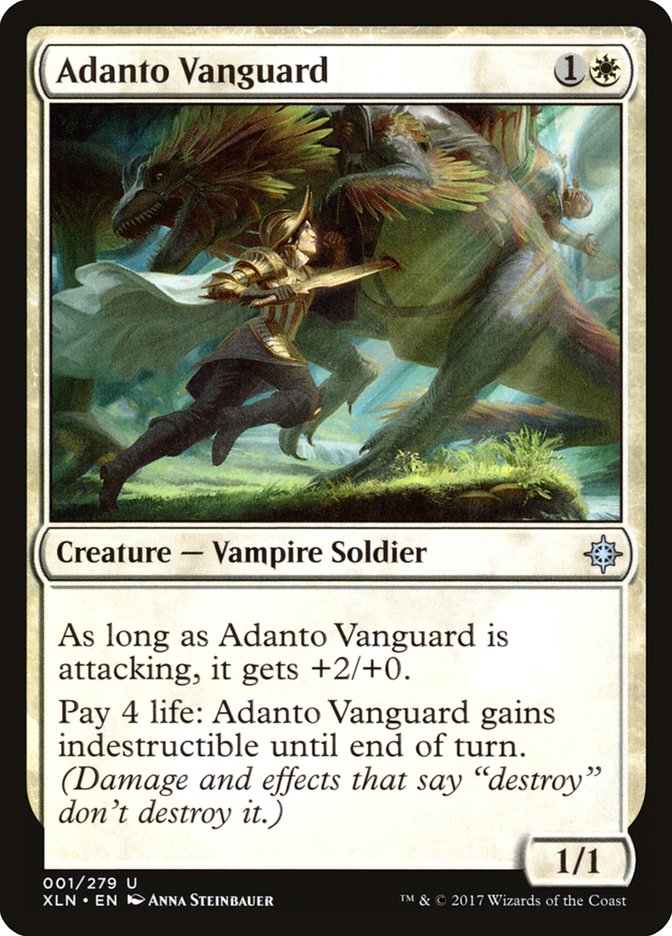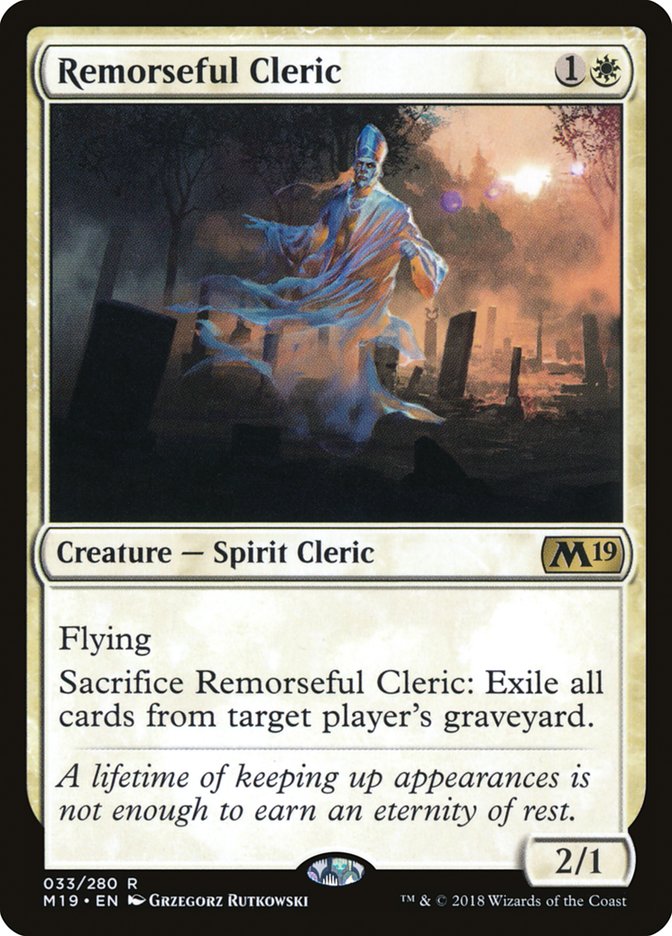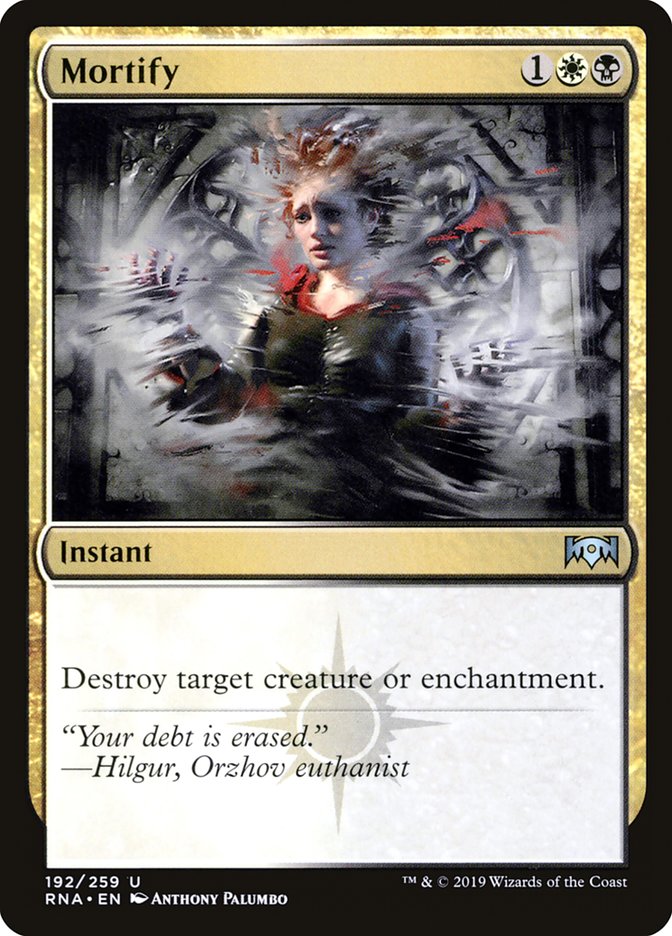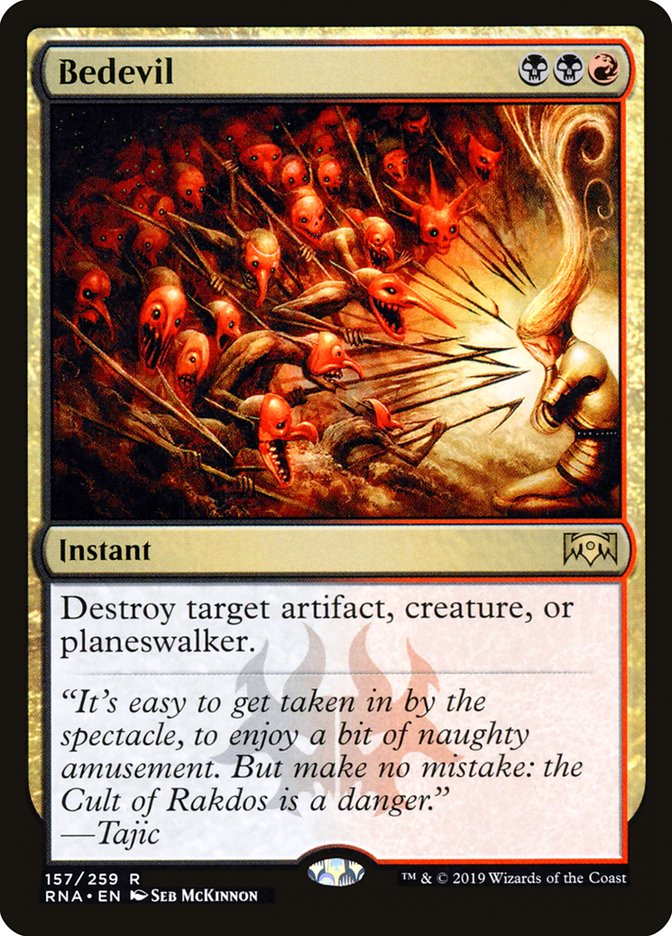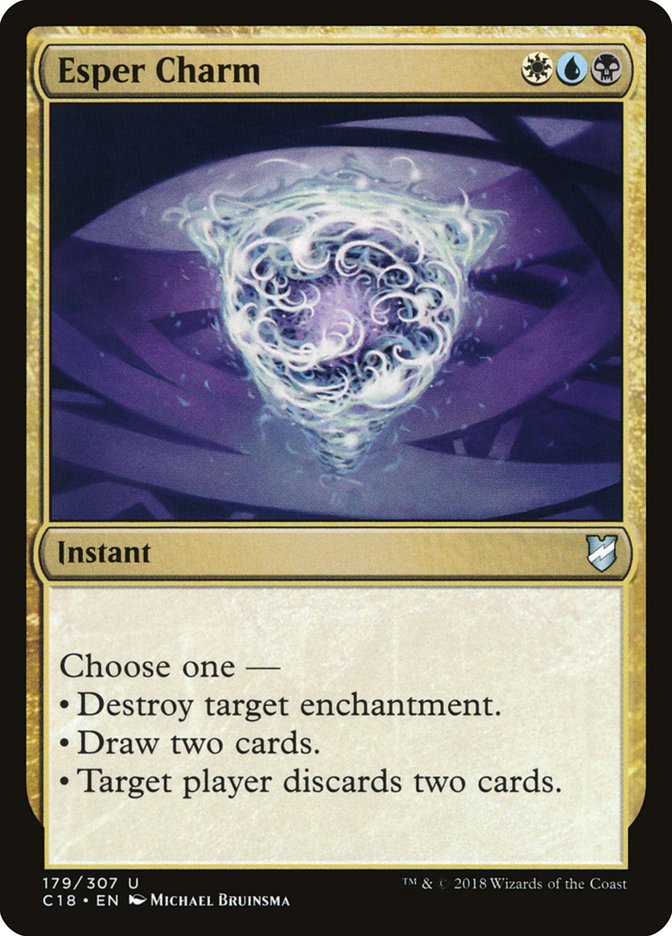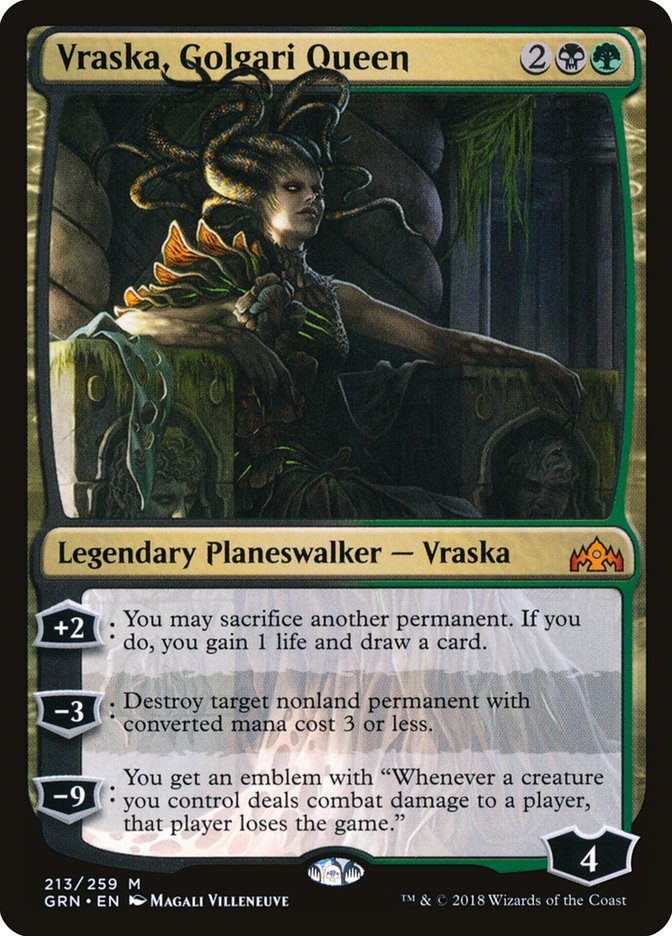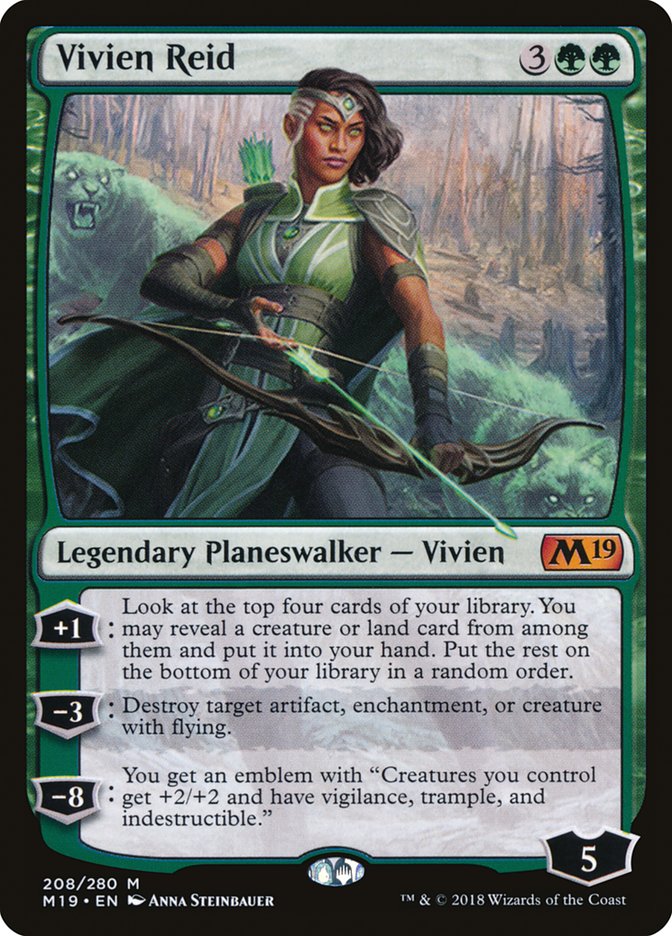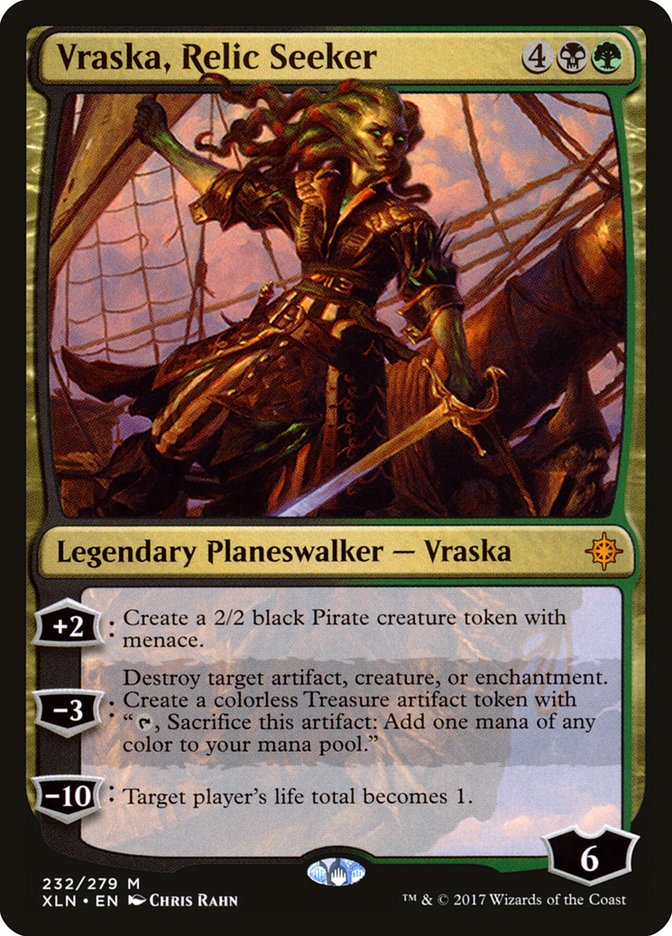If you play Magic Arena, or you’re involved with #MTG Twitter in any
capacity, you’ve probably become aware of the “best-of-one vs best-of
-three” debate that’s currently taking place. Ever since Wizards of the
Coast announced that Arena’s ladder-ranking system will be exclusively
best-of-one, players around the World have expressed their opinions on it.
Some love it, while others hate it. Some think it will usher in a new era
of excitement, while others believe it will be the downfall of Magic. Today
I’m going to look at this topic from a unique perspective: how WotC could
design Magic for a Bo1 environment and if that process has already begun.
Before we begin looking into where Magic could potentially be heading, we
must first understand where it’s been. For the better part of 25 years WotC
has designed Magic sets with sideboarding in mind. The game, after all, has
always been played with best-of-three in mind as it was the generic
structure for competitive play. WotC has used this structure to design
excitingly powerful cards that could take over formats and then eventually
print hate cards that could be placed in sideboards to counter the new
nuisance. Sometimes certain cards were more powerful than they expected
which, again, allowed them to quickly print a card to counter the mistakes.
In short, our use of sideboards allowed for WotC to easily print stopgaps
for any issues that could or would arise.
While this methodology is commonplace to us now, it doesn’t mean it’s the
best way for cards to be designed. There are many players out there that
think hate cards take away from their gaming experience as they decrease
the skill needed to win games. These cards don’t increase the challenges
presented in other games, as they’re far too powerful when drawn against
specific strategies.
This opinion is best understood when you look at the Modern format. There
are so many powerful linear decks that most sideboards are littered with
silver bullets that cripple certain strategies when drawn. Magic is a
deckbuilding game so one would expect that building the decks is part of
the fun. When specific cards are necessary in every sideboard, the game
loses out on options, which lowers both the fun of deckbuilding and the
games themselves.
I’m not saying WotC’s has been doing a bad job or that I’m allowing perfect
to be the enemy of good. This understood execution may be the best version
of the game that’s out there. The depth of Magic is why I’ve loved it for
over half of my life and believe much of that is thanks to the hard work of
the people at WotC. I’m just saying that there may be a better way to do
things than the adopted best-of-three card design, and I’m becoming
suspicious that the wonderful people at WotC have already begun the work to
ever-so-slightly shift the game in that direction.
Why? Well let’s take a look at Gruul Spellbreaker.
Gruul Spellbreaker was the first Gruul card previewed from Ravnica Allegiance. It showcases Gruul’s mechanic, riot, which is
an interesting one as it gives you an option, and options are always nice
additions to gameplay. This one lets you decide between having a creature
that can attack immediately or a slightly more powerful one that must wait
a turn to get on the offensive. This flexibility gives Gruul Spellbreaker
more applications in-game as you can try to navigate a game to a place
where a 3/3 haste is good even when you didn’t have a better place to
deploy it in the early turns. If all else fails, you still have a 4/4 ready
to improve your battlefield when things get stalled.

Gruul Spellbreaker’s static ability is nothing to scoff at either! It
giving itself hexproof on your turn means that an opponent won’t be able to
kill this on your turn, making the 3/3 haste damage very reliable. The
added touch of giving you hexproof screams to me that it’s designed to make
sure Gruul mages don’t have to constantly lose to Settle the Wreckage.
Sorry, control mages!
It’s early, but I’m very confident that Gruul Spellbreaker will be a card
most Gruul decks will want. Nullhide Ferox has been patiently waiting for
the Gruul Clans to get here, and I just don’t see a world where these two
cards aren’t best friends.
But let’s remove ourselves for a moment from being players of the game and
look at Gruul Spellbreaker from a design perspective. First, let’s take a
look at Gruul Spellbreaker’s guild ability: riot.
Riot is not an enters-the-battlefield (ETB) trigger. It’s a decision you
make upon resolution but before a creature with riot enters the
battlefield. This reduces the amount of times priority needs to get passed
before a card fully resolves and the game continues to be played. We’ve
seen other cards slowly move in this direction, as it allows for a much
smoother digital experience.
These are just two examples of this, but whenever applicable it seems like
WotC has worked hard on lowering the number of times priority needs to get
passed between players. I don’t buy into the argument that decisions like
these make the game too simplistic as they really have no impact on the
complexity of a game. Adanto Vanguard would almost function the same, and
Rampaging Cyclops getting -2/-0 for the turn actually just changes the way
games could play out. There’s no conclusive evidence that it would improve
the functionality of the card. In fact, there’s arguments to the contrary.
In Gruul Spellbreaker’s case, I’m under the impression that an ETB trigger
would in fact be worse for the card’s strategic play. Small windows where
an opponent can use specific removal spells to kill creatures they
otherwise couldn’t has always frustrated me. Take Lightning Strike, for
example. If riot was an ETB trigger, Lightning Strike would always be able
to kill Frenzied Arynx. The riot decision wouldn’t matter if both players
knew it was going to die to Lightning Strike anyway. Since the riot
decision is made before an opponent has an opening to interact with the
creature, the controller of the creature can make a strategic decision to
make it a 4/4 to get out of range of the burn spell.
Riot not only increases the speed of games played in the digital realm
thanks to less priority passes, but the option to give the creature +1/+1
through an “as” and not a “when” ETB trigger makes the decision matter more
often, thus increasing the complexity of the game. I call that a win/win!
This is quite an interesting ability, isn’t it? So what does this mean?
Like I said earlier, Gruul Spellbreaker’s designed so that you have more
control over combat on your turn against control decks. Gruul has always
been an aggressive guild so it’s clear WotC’s would want to stay true to
that. Gruul Spellbreaker allows the Gruul player to potentially deal damage
even when an opponent has answers that normally would stem the bleeding
(mainly, the universal answers that currently exist in Standard).
Gruul Spellbreaker isn’t going to take over Standard, though. It doesn’t
always have hexproof so it’s not going to dominate games against control
decks. It’s similar to Shalai, Voice of Plenty in that it gives you
hexproof, but its ability isn’t stopping a lethal Banefire or protecting
Lyra Dawnbringer. It’s 3/3 (or 4/4) body is nice, but it’s not like it’s
going to dominate combat. Gruul Spellbreaker is simply just a good
roleplayer as it’s a maindeckable card that also gives you more play
against control. To me, this looks like a perfectly designed card for
best-of-one play.
You could argue that I’m just trying to make Gruul Spellbreaker fit today’s
narrative, but I didn’t even think about card design in this way until I
actually saw the card yesterday morning. Best-of-one card design has been
on my mind, but it wasn’t until I saw Gruul Spellbreaker that I really got
a good grasp on the subject.
So let’s just say, hypothetically, that I’m right. Gruul Spellbreaker was
in fact designed with best-of-one gameplay in mind and WotC is dead set on
making best-of-one gameplay the competitive structure of choice moving into
the Esports era. For now, we’re not going to get caught up in the argument
if that’s the correct choice or not. We’re not going to worry ourselves
with how it would all play out in competitive events. We’re just going to
explore the idea that Gruul Spellbreaker was designed with best-of-one
gameplay in mind, and if so, there’s probably others out there too.
A quick Gatherer search got me stopping on this card.
Remorseful Cleric is not a Standard all-star. It’s actually seen more
Modern play, as there isn’t a dominant graveyard deck in Standard. That
doesn’t mean there couldn’t have been given how close Golgari got to being
a graveyard strategy. But what if there was a great graveyard deck, though?
We’d most likely have seen a ton of these little fliers in Boros Aggro
sideboards. That’s somewhat strange though if you really think about it. A
2/1 flier in a sideboard, not because you want it to attack from the air,
but because you want the best answer to graveyards and that so happens to
be a 2/1 flier.
I hadn’t put much thought into Remorseful Cleric before now, but what if
this was just a generic card design theory now being utilized as WotC
planned to embark into the digital world given how confident they were in
Arena? A simple conversation about making sure any and all answers could be
maindeckable just in case this was the future of Magic. It at least makes
sense to me, as we’re seeing more modal effects and universal answers being
built into cards.
Two creature removal spells that have been previewed from Ravnica Allegiance are both modal, meaning they have multiple
applications. This so happens to be great for a deck’s ability to have
options, but also superb in a best-of-one world. These are the types of
cards that can be high functioning in a world where you not only need to
answer creatures but also powerful noncreature permanents like Experimental
Frenzy, The Immortal Sun, or Planeswalkers.
In the same vein are these actual modal spells.
Charms and Commands are easily my favorite designed Magic cards, and I’m
pretty sure I’m not alone in this assessment. These are the types of cards
Magic player’s love to play with and would be vital for best-of-one play as
they can answer specific things while also never being dead cards. I’m
actually pretty surprised Guilds of Ravnica didn’t have modal
cards, but I guess the split cards occupied that same design space. They
might not be the same as Charms or Commands, but they do give options which
increase their utility in a best-of-one environment.
It doesn’t even stop there. One of the biggest concerns players have about
competitive best-of-one structures is that midrange strategies get pushed
out. This theory has been proven somewhat by other games as card games
without sideboards generally revolve around linear aggressive and control
strategies. To help mitigate this, midrange strategies need good answers to
aggressive permanents, but they also need for those cards to not be
completely dead against control strategies. It’s a difficult balance to
find, but it’s one that Magic might be able to figure out thanks to
planeswalkers.
All three of these planeswalkers have something in common, and that’s that
their secondary ability interacts with the battlefield in a variety of ways
while their first ability generates an advantage that can help win the
game. This is an important feature for midrange decks to have if Magic
wants to move towards a best-of-one structure as you need non-linear decks
to have a lot of flexibility to survive the conditions. That’s because, for
much of Magic’s history, midrange decks tend to be good thanks to having
the best sideboards. Without those extra fifteen cards, midrange decks need
something else to justify getting played and good answers is one of those
things that can keep them competitive.
All of this is speculative, but it’s an interesting topic to think about,
especially when it seems like WotC is interested in moving Magic towards
this direction. Magic is considered the best game in the world by those who
play it, which is why any change in the equation scares the living hell out
of us. We just don’t want this game to ever lose its spark! All that said,
the idea that this game is so fragile that we should never change it is
just wrong. I thought this very same way just a couple weeks ago when I
started looking into this best-of-one versus best-of-three topic. My first
instinct was that they better not change my precious, but the more I think
about it the more confident I am in the idea of experimentation. I also
have the utmost faith in the entire team that makes Magic cards.
If I’m correct and WotC has already begun designing cards for the
best-of-one environment, what cards do you think already exist that were
already designed for it? Which cards would you like to see reprinted that
would accentuate our gaming experience within it?


